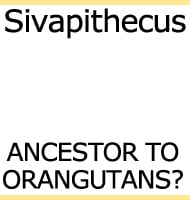Victoriaceros
In Depth Victoriaceros is a genus of extinct elamostherine rhinoceros that lived in what is now Kenya during the mid Miocene. The nasal horn of Victoriaceros has been noted as being particularly large. Victoriaceros is named after Lake Victoria in Kenya which is near where the holotype remains were found. The type species name means … Read more


